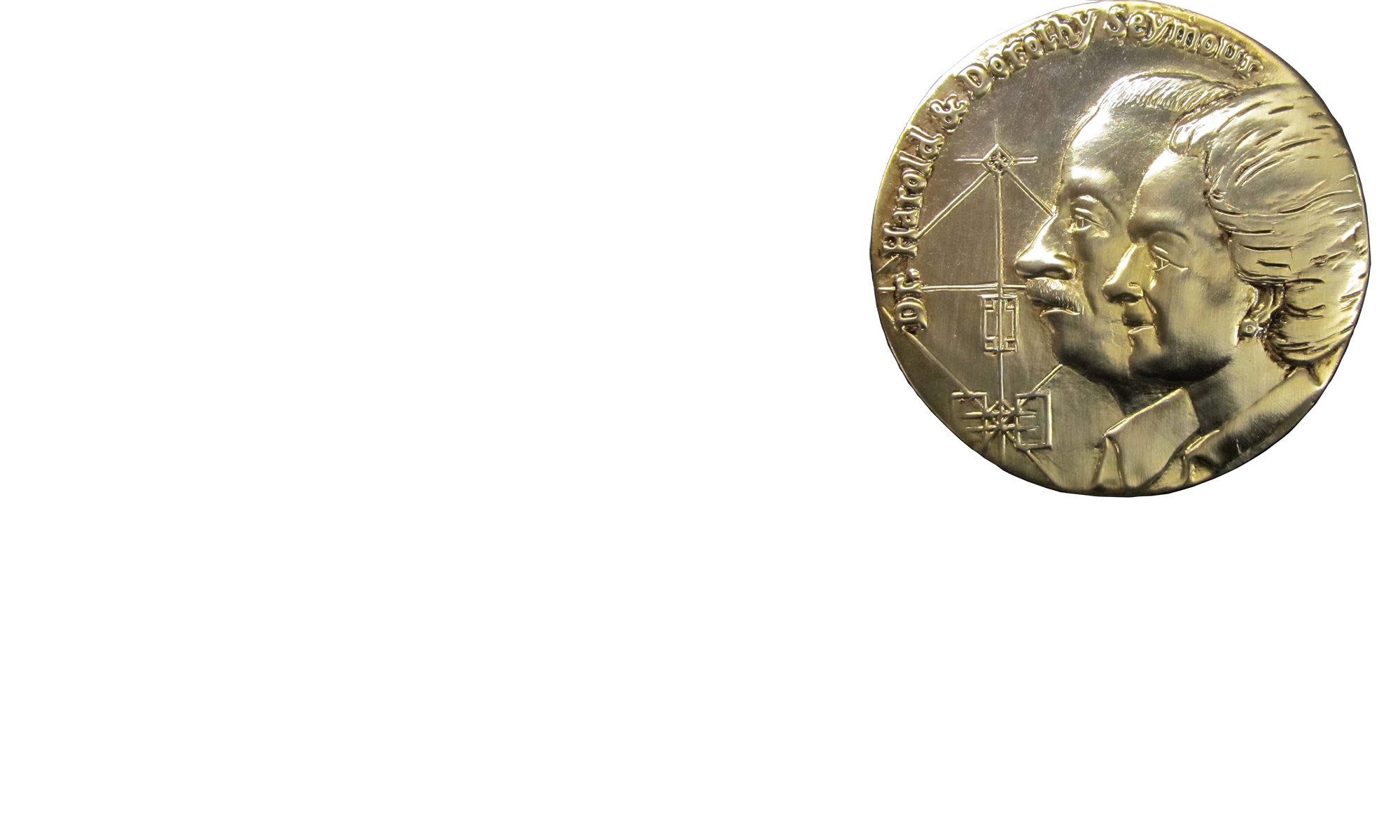Plans for a Ceremony
In a trip to visit the National Baseball Library at Cooperstown in 1994 I delivered Seymour’s ashes to Tom Heitz, then the Library’s Director, in the hope that he could arrange for interment in Cooperstown. Tom planned a ceremony to take place during the annual Cooperstown Symposium on American Culture, which attracts about a hundred scholars each year to the Otesaga, a beautiful resort hotel on Lake Otsego in the heart of Cooperstown.
In a letter to the Doubleday Field Committee of the Village of Cooperstown, Tom explained that Seymour was baseball’s first academic historian and that his books “are scholarly landmarks.” He added that scholars attending the Symposium “are the academic children, so to speak, of Dr. Seymour’s breakthrough work.”
When the village fathers assented to his plan, Tom arranged with Dr. Alvin Hall, Symposium organizer, for a twilight ceremony at Doubleday Field. I furnished quotations from Seymour’s books for those who wanted to read selections, and I furnished background information for Tom, who prepared a eulogy.
The Tribute
The group gathered in the stands on a soft June evening. After Tom Heitz spoke, Dr. Hall read a humorous selection from Seymour’s article on what it was like to be batboy for the Brooklyn Dodgers in the 1920s under Manager Wilbert Robinson’s “colorful incompetents.”
Dr. Richard Gaughran, Professor of English at James Madison University, read a few paragraph’s from Baseball: The Early Years (1960) revealing the major league owners’ unsuccessful attempt in the 1880s to agree on limiting player salaries-a topic highly applicable to contemporary events in major-league baseball.
Dr. Thomas Altherr, Professor of American Studies at Metropolitan State College in Colorado, read a selection from Baseball: The Golden Age (1971) about players of an earlier era who contracted what were known as “the social diseases” and how newspapers generally reported them as suffering from “malaria.”
Dr. Linda Mapes of Broome Community College, Binghammton, New York, read a selection from Baseball: The People’s Game (1990) based on an interview given to me in the late 1980s by an elderly woman recalling her high-school baseball adventures in the early 1900s and the way her team overcame the objections of the school administration to the girls’ play.
Distribution of Ashes

I responded briefly to these presentations, and then many members of the audience trooped onto the field with flashlights to watch Chris Jennison, a friend who is a baseball writer and editor, spread Seymour’s ashes around first base. It seemed appropriate that Dr. Hall should ask us to sing “Take Me Out to the Ball Game.” Then Hall commented that he had often heard the Abbot and Costello routine generally called “Who’s On First?” and now, said Dr. Hall, he KNEW who was on first! We left the park smiling.
Along with Symposium participants, interested Cooperstown residents, and long-time friends of Dr. Seymour, an observer at the ceremony was Dr. George Grella, Professor of English at the University of Rochester, who has published extensively on baseball. Dr. Grella wrote, for The National Pastime, an article interpreting the experience for us all.
![]()

